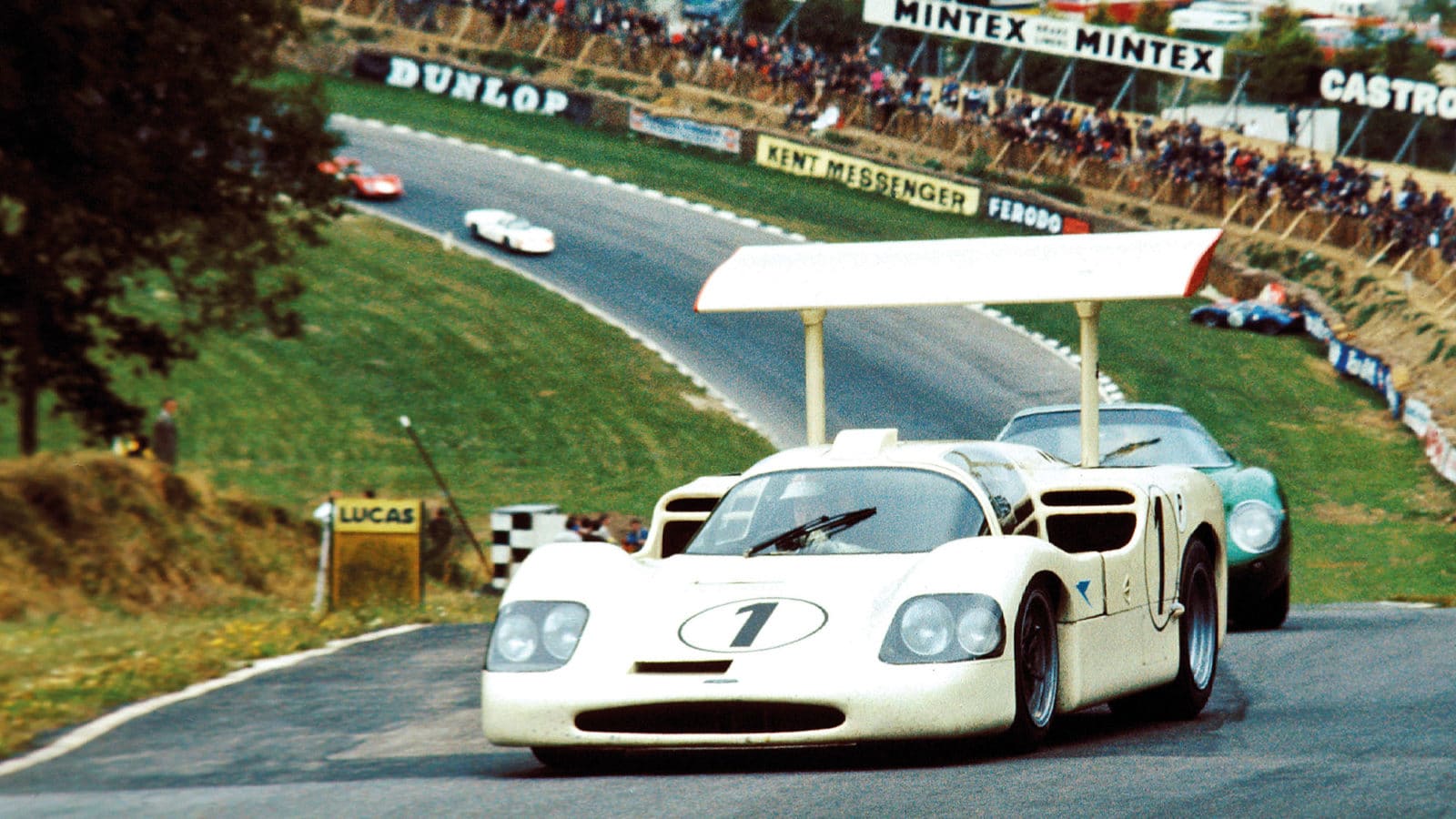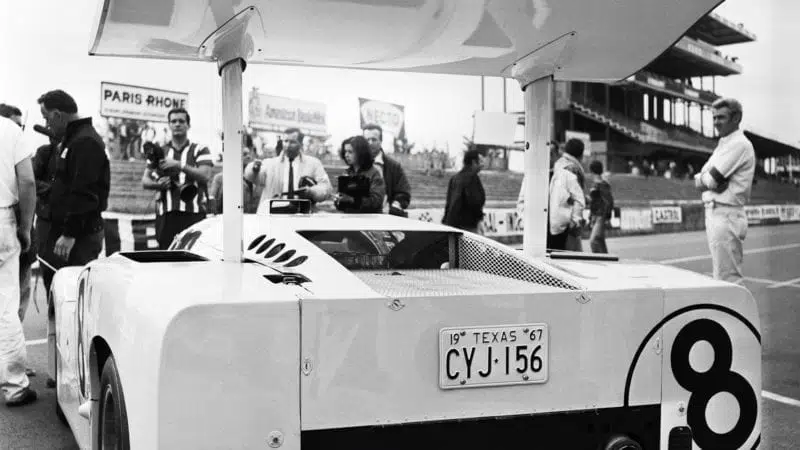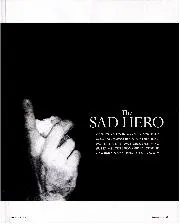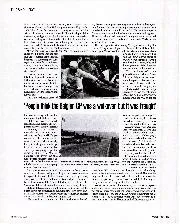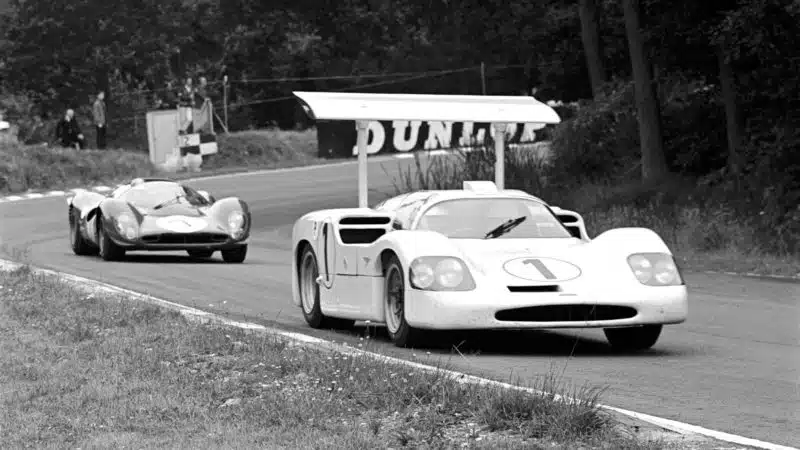The chance to make amends was denied him at Sebring when he was struck down by appendicitis, leaving Spence and Hall to fight with the victorious Andretti/McLaren Ford Mk IV before the transmission seals burst.
Then Spence put the car on pole at Monza. This was the first year of chicanes there and Hill detested them, but when a driveshaft broke while Spence was contesting the lead with the Ferraris, he was obliged to defer his racing comeback until Spa, where he was three and a half seconds quicker than Jacky Ickx in the Mirage. However, the transmission again let them down in the wet race and then, as Hill put it, “Ickx just ate us alive”.
On the face of it, the Madonna circuit in Sicily, home to the audacious Targa Florio, was the last place you’d expect to see the 70-litre monster, but Hill got it up to fourth place only for a puncture to put co-driver James ‘Hap’ Sharp out on the ninth lap. Hill had amused himself in practice, entertaining the crowd with a display of the Chaparral wing’s adjustability. Hill doesn’t recall much about that, but remembers the Targa for another reason.
“What gave me the best memories of that race was running the car on the top of those hills there.
“So many of the corners were blind, and there were whole bunches of these locals from Palermo who had never seen the thing before, jumping up and down every time we went by. They were just delighted to see this crazy-looking car!”
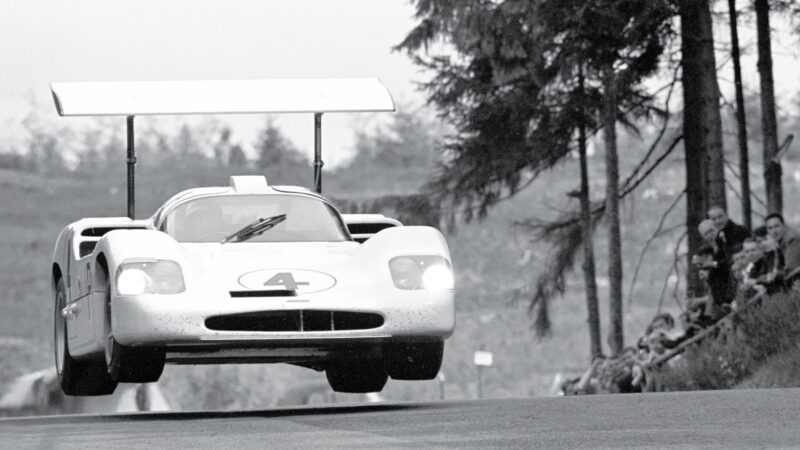
Fastest lap at the Nürburgring 1000Kms in 1967, but the transmission failed
Mcklein
The cruellest disappointments came at the Nürburgring and Le Mans. Hill loved the former, and still bubbles enthusiastically about the fight he had in 1961 with sharknose team-mate and championship rival Taffy von Trips. Spence did the first 100mph sportscar lap to put the white car on the pole, but Hill dropped almost to the tail of the field as he buckled his seatbelts after the Le Mans-type start. The previous year he and Jo Bonnier had won there in the 2D, and this time Hill was the fastest man on the track. He scythed his way back into the lead by the eighth lap only to have yet another transmission failure.
“I absolutely loved driving that car at the ‘Ring, and we had high hopes after the 1966 race. That was probably, of all of them, the biggest disappointment of the whole year.”
At Le Mans, too, he was quickest in qualifying, and the lead Chaparral was the one car capable of taking the fight to the Fords until those transmission seals failed again when in third place. A three-hour rebuild won the hearts of the spectators, but the damage had already been done and there was a cheer of respect when the American challenger was finally wheeled away.
